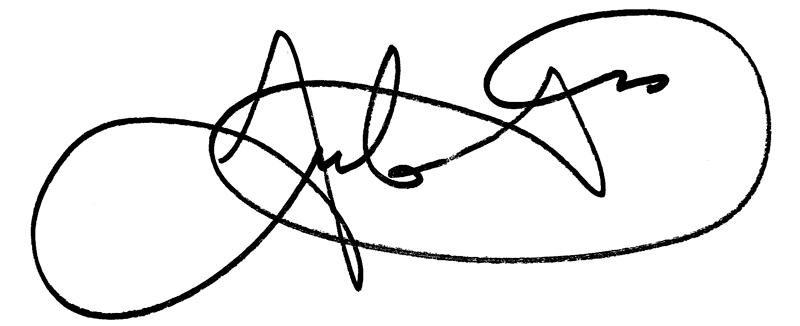CDI Committee CharterA. Purpose of the Government CDI CommitteePrimary FunctionsThe primary function of the Clinical Documentation Integrity (CDI) Committee is to take responsibility for the education of clinical documentation integrity by the American College of Physician Advisors (ACPA) membership. The CDI Committee will primarily monitor and review ICD-10-CM/PCS transaction sets, guidelines and official advice impacting provider documentation and educate the physician members on issues pertinent to ACPA. CPT, HCPCS, and other HIPAA-transaction sets will be reviewed when deemed pertinent by ACPA leadership. The CDI Committee provides a direction and insight on strategies promoting compliant documentation and coding concepts. In executing these responsibilities, the committee shall:
The CDI Committee shall report to the ACPA Board of Directors. B. CDI Committee MembersMembershipIn addition to the Committee sponsor (ACPA President) as ex-officio member, the initial CDI Committee will consist of the following stakeholder members:
Committee members will be identified by the committee chair to direct specific projects at the time of consent. Committee members may be appointed or relieved at the discretion of the Committee Co-Chair or Chair. The Committee Co-Chair(s) or Chair is appointed or relieved at the discretion of the ACPA Board of Directors. Role of a Committee MemberIt is intended that the CDI Committee leverage the experiences, expertise, and insight of key individuals at organizations committed to building professionalism in ACPA’s CDI Committee. Committee members may be asked to take direct responsibility for managing project activities, but may also be asked to provide support and guidance for those who do. Thus, individually, Committee members should:
In practice, this means they:
C. Meeting Cadence, Process, and ObjectivesMeeting Schedule and ProcessThe Committee shall meet regularly and document the progress of the issues relevant to the Committee so as to provide on-going nationwide support to ACPA Members. The CDI Chair, or designee, will call the Committee to order and facilitates the Committee Meeting. The Team will follow modified Roberts Rules of Order in the conduct of meetings, motions, discussion and voting. Meeting AgendaAt each meeting, project status will be reported to the Team by the author using an agenda outline such as the following:
Approved By:
Erica Remer, MD  Juliet B. Ugarte Hopkins, MD, CHCQM-PHYADV |


